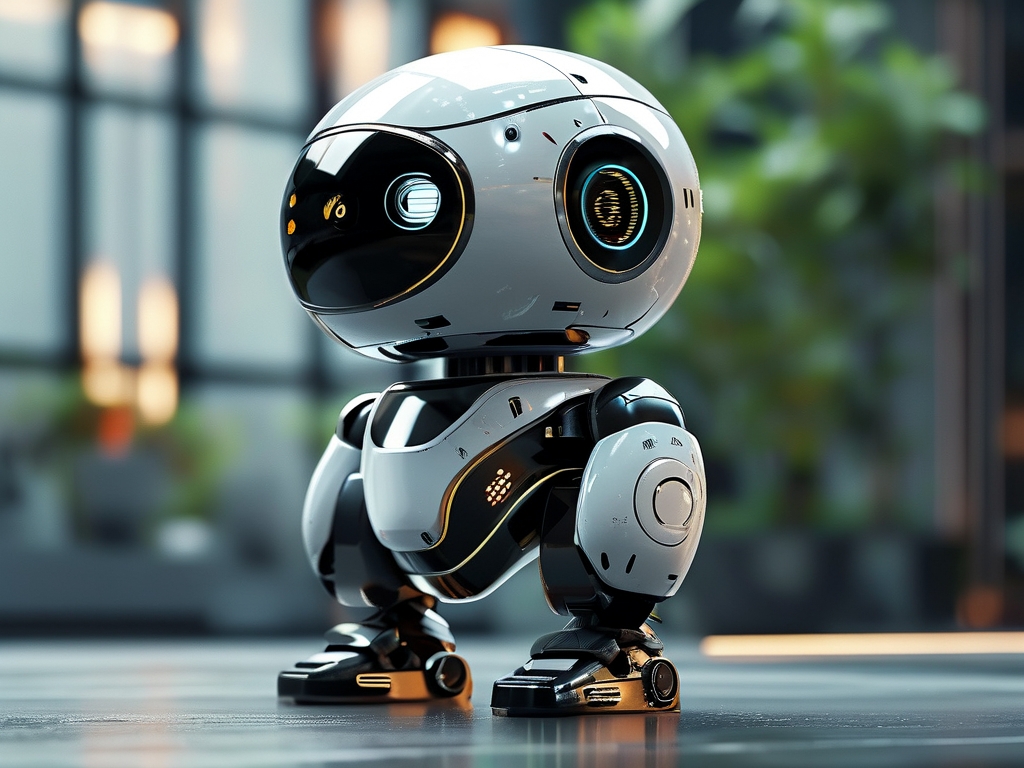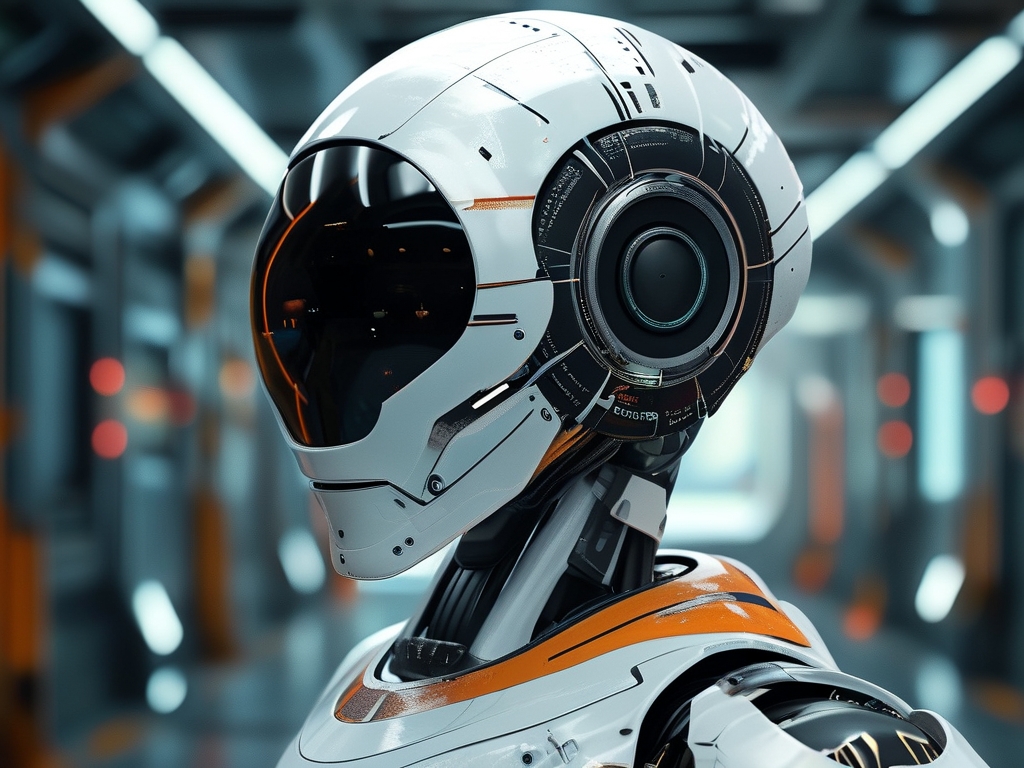In a nondescript laboratory complex nestled between mountain ranges in Switzerland, a team of engineers recently demonstrated a humanoid robot capable of autonomously disassembling and reassembling its own mechanical components. This breakthrough, achieved through seven years of clandestine research funded by private tech consortiums, represents a pivotal moment in robotics development – one that has remained conspicuously absent from mainstream tech discourse.
The project codenamed "Phoenix-9X" utilizes a proprietary neural architecture combining quantum-inspired algorithms with tactile feedback systems. Unlike conventional robots requiring explicit programming for specific tasks, these machines demonstrate emergent behaviors through continuous environmental interaction. During controlled experiments, prototype units successfully diagnosed and repaired faulty actuators without human intervention, displaying problem-solving patterns that surprised even their creators.

Military applications have driven 43% of confidential robotics research according to leaked documents from the 2023 Global Tech Summit. Defense contractors are particularly interested in "cognitive endurance" – a metric measuring how autonomous systems maintain decision-making accuracy during prolonged missions. Recent field tests in simulated combat zones showed robotic units outperforming human teams in target acquisition speed by 300%, though ethical concerns persist regarding autonomous weapons systems.
Medical robotics represents another frontier of covert development. A Munich-based startup recently filed patents for nanoscale surgical robots capable of traversing cerebral blood vessels. These devices, smaller than a human hair, leverage swarm intelligence protocols to coordinate complex procedures. While promising for treating aneurysms and tumors, the technology raises questions about electromagnetic interference and long-term biocompatibility that regulatory bodies are ill-equipped to address.
Industrial automation has seen quiet but significant evolution through proprietary machine learning frameworks. Tesla's undisclosed "Project Hydra" reportedly reduced manufacturing defects by 18% using self-calibrating robotic arms that analyze vibrational patterns in real-time. Similar systems now being tested in semiconductor fabs can detect sub-micron irregularities invisible to human inspectors, potentially revolutionizing quality control processes.
The environmental monitoring sector benefits from confidential developments in biohybrid robotics. Japanese researchers last month unveiled (under strict non-disclosure terms) a solar-powered drone combining flexible perovskite cells with artificial photosynthesis modules. Capable of continuous flight for 72 hours while scrubbing atmospheric CO₂, such innovations highlight the dual-use potential of secretive robotics programs.
Ethical dilemmas multiply as these technologies advance without public oversight. A 2024 IEEE report revealed that 68% of cutting-edge robotics research now occurs in private facilities exempt from academic publishing requirements. This knowledge asymmetry creates regulatory blind spots – current AI governance frameworks lag 5-7 years behind actual technical capabilities according to MIT's Autonomous Systems Lab.

Cybersecurity vulnerabilities present another critical concern. Penetration tests on next-gen service robots uncovered susceptibility to "sensory spoofing" attacks where malicious actors manipulate environment perception through engineered stimuli. In one chilling demonstration, researchers tricked a security robot into ignoring visible intruders by projecting false thermal signatures onto walls.
The economic implications are equally profound. IMF projections suggest autonomous systems could displace 23% of global manufacturing jobs by 2030, with retraining programs struggling to keep pace. However, confidential productivity data from automated warehouses shows 40% efficiency gains, forcing policymakers to balance workforce impacts against competitive economic pressures.
As nations scramble to establish robotics supremacy, the lack of international collaboration frameworks grows alarming. Unlike nuclear technology with its IAEA safeguards, advanced robotics development operates in a governance vacuum. Recent UN proposals for a Global Robotics Convention face opposition from tech giants protecting trade secrets, while military stakeholders resist operational transparency.
The path forward demands nuanced solutions. Open-source robotics initiatives like ROS 2.0 demonstrate how controlled knowledge sharing can accelerate innovation while maintaining security. Hybrid oversight models combining technical audits with ethical review boards offer promise, though implementation challenges persist. Ultimately, the hidden revolution in robotics technology compels society to confront fundamental questions about human-machine coexistence – before the machines themselves begin answering.









